Dogs are often considered part of the family, and like any family member, they can experience anxiety when left alone. This can be a challenge for many pet owners who must balance their love for their furry companions with the demands of daily life. Signs like excessive barking, destructive behavior, or pacing can all point to separation anxiety, making it important to address their emotional needs. Helping a dog feel comfortable and secure while home alone is essential for their well-being. This article delves into practical ways to ease your dog’s anxiety and ensure they remain happy and healthy even in your absence.
Understanding Your Dog’s Anxiety
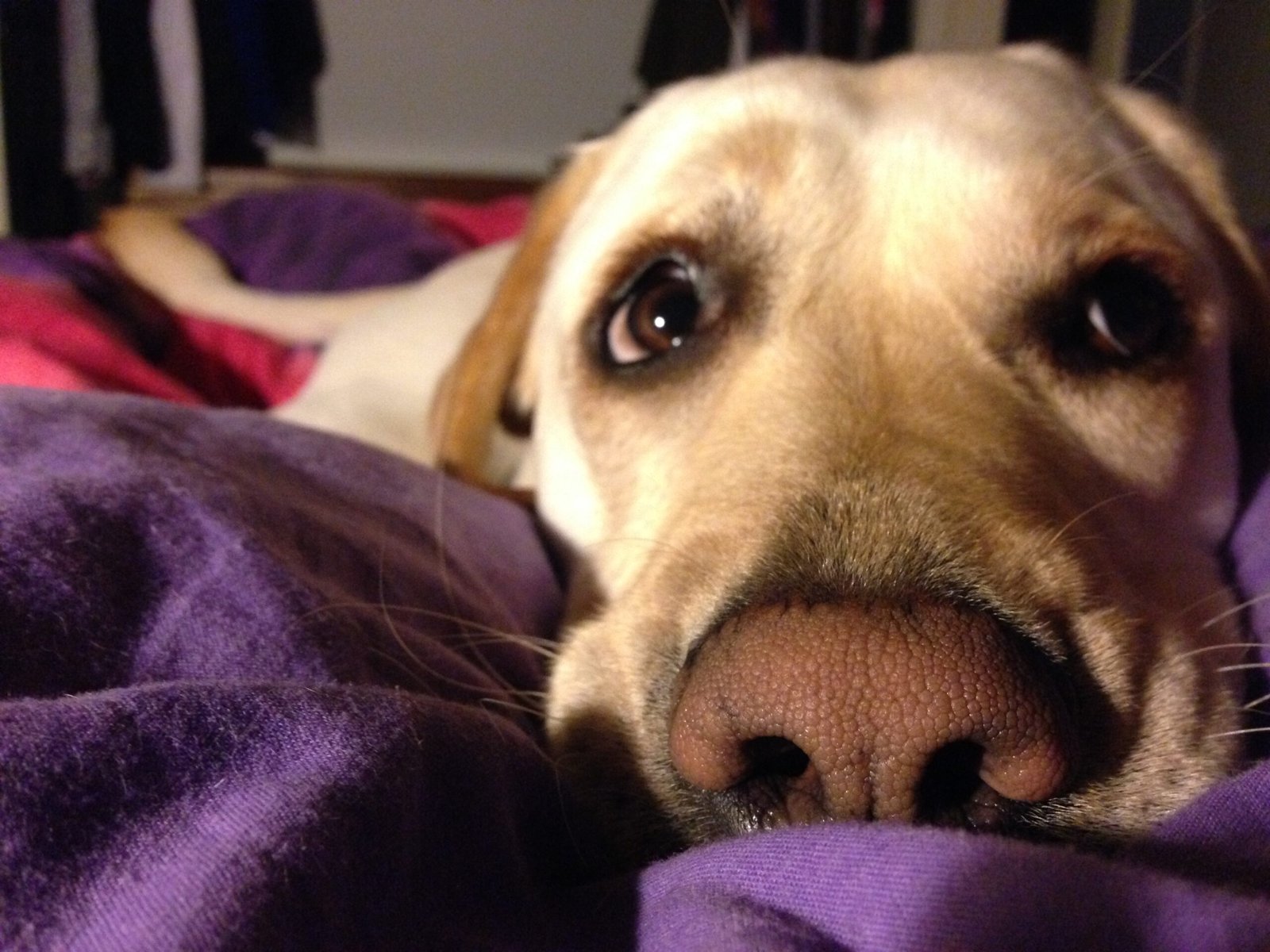
Dogs, much like humans, have unique personalities. Some may relish the quiet time when left alone, while others may feel anxious or stressed. Understanding your dog’s specific triggers is crucial. Anxiety can manifest in various ways, such as excessive barking, destructive behavior, or even depression. Observing your dog and identifying changes in their behavior can provide insights into their emotional state. By recognizing these signs early, you can take steps to alleviate their distress.
Creating a Safe Space
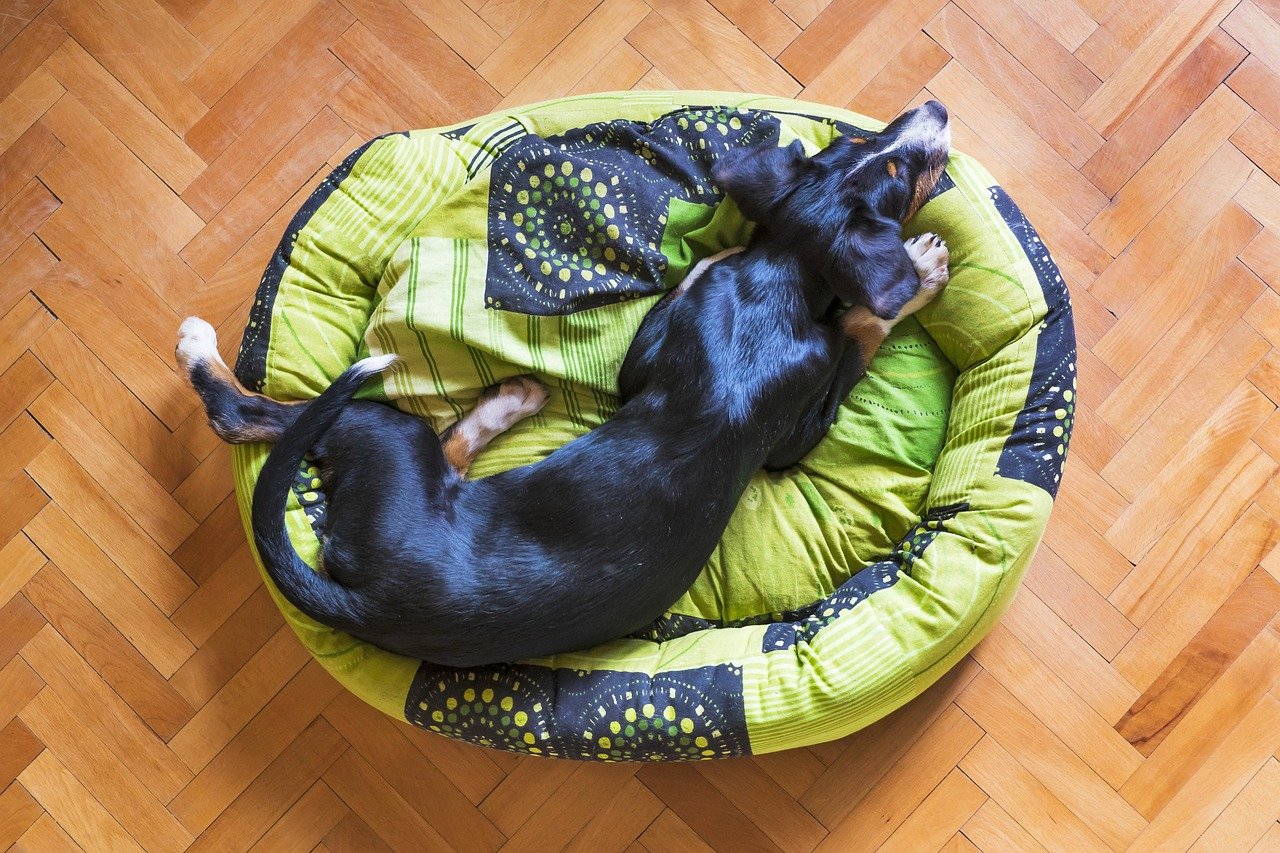
A designated safe space can do wonders for a dog’s comfort. This could be a cozy corner with their favorite blanket, bed, or even a crate if they are crate-trained. The idea is to create a sanctuary where they feel secure and relaxed. Adding a few comforting items, like a piece of your clothing with your scent, can make a world of difference. Imagine it as their little haven, much like a child’s security blanket, providing comfort and reassurance even when you’re not around.
Engaging Toys and Puzzles
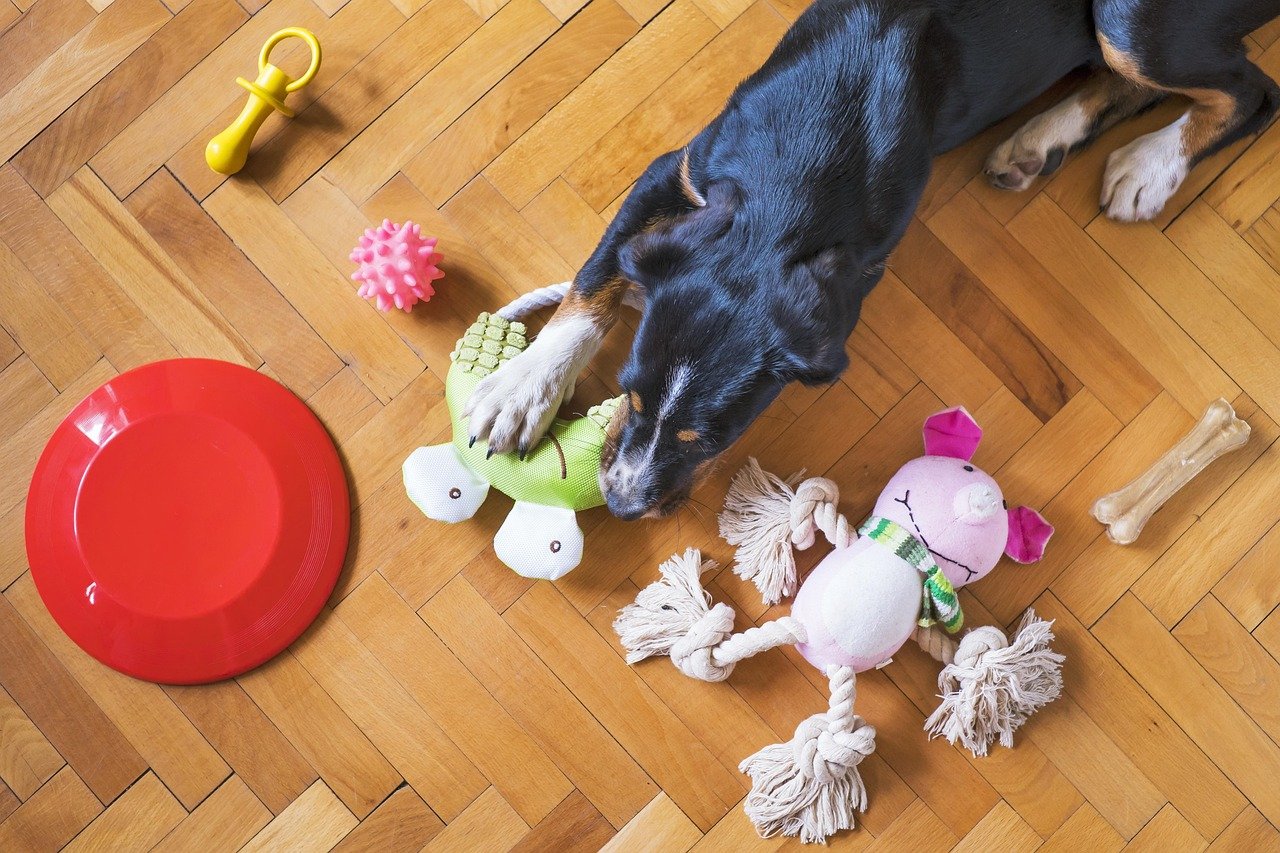
Keeping a dog entertained while you’re away is pivotal. Interactive toys and puzzles can challenge their minds and keep them occupied. These toys often release treats when solved, adding an element of reward and excitement. Think of it as a fun game that keeps their brain active and distracted from the fact that they’re alone. Rotating toys or introducing new ones periodically can maintain their interest and reduce boredom.
Establishing a Routine
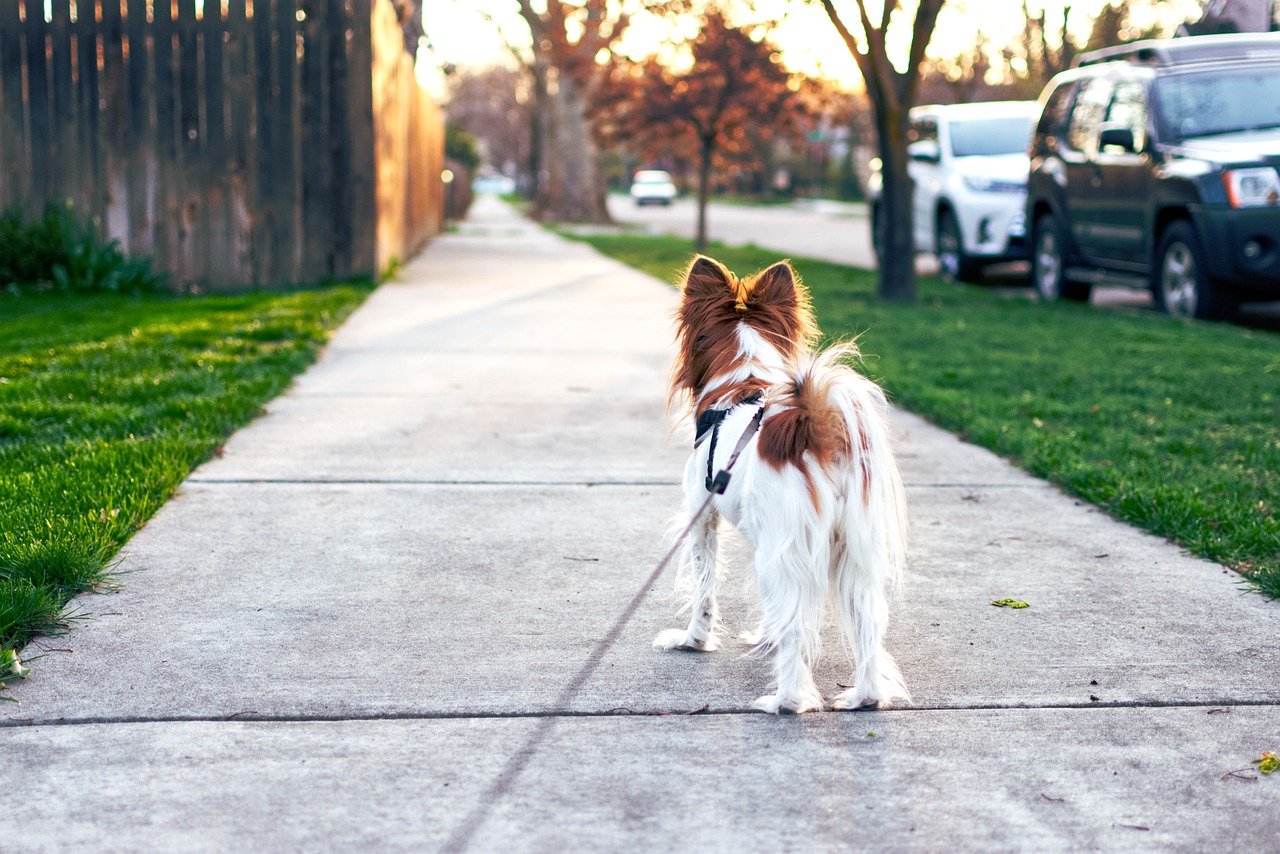
Dogs thrive on routine. Knowing what to expect each day provides them with a sense of security. Try to keep feeding, walking, and playtimes consistent. Before leaving, a short walk or play session can help burn off excess energy, leaving them more relaxed. It’s akin to how humans feel after a workout – ready to unwind and rest. A predictable schedule can make your departure less stressful for your dog, as they learn to anticipate your return.
Using Calming Products
In some cases, natural calming products can be beneficial. Items like calming sprays, diffusers, or specially formulated treats can ease anxiety. These often contain ingredients such as chamomile or lavender, known for their soothing properties. While these products aren’t a cure-all, they can complement other strategies in creating a serene environment. It’s always wise to consult with a vet before introducing any new products to ensure they’re safe for your pet.
Gradual Alone Time Training
Training your dog to be comfortable alone is a gradual process. Start by leaving them for short periods and gradually increase the time. This helps build their confidence in being alone, knowing you’ll always return. Think of it as training wheels for your dog. Practice leaving the house without making a big fuss, as your calm demeanor can be reassuring to them. With patience and consistency, your dog will learn that being alone isn’t something to fear.
Background Noise and Entertainment
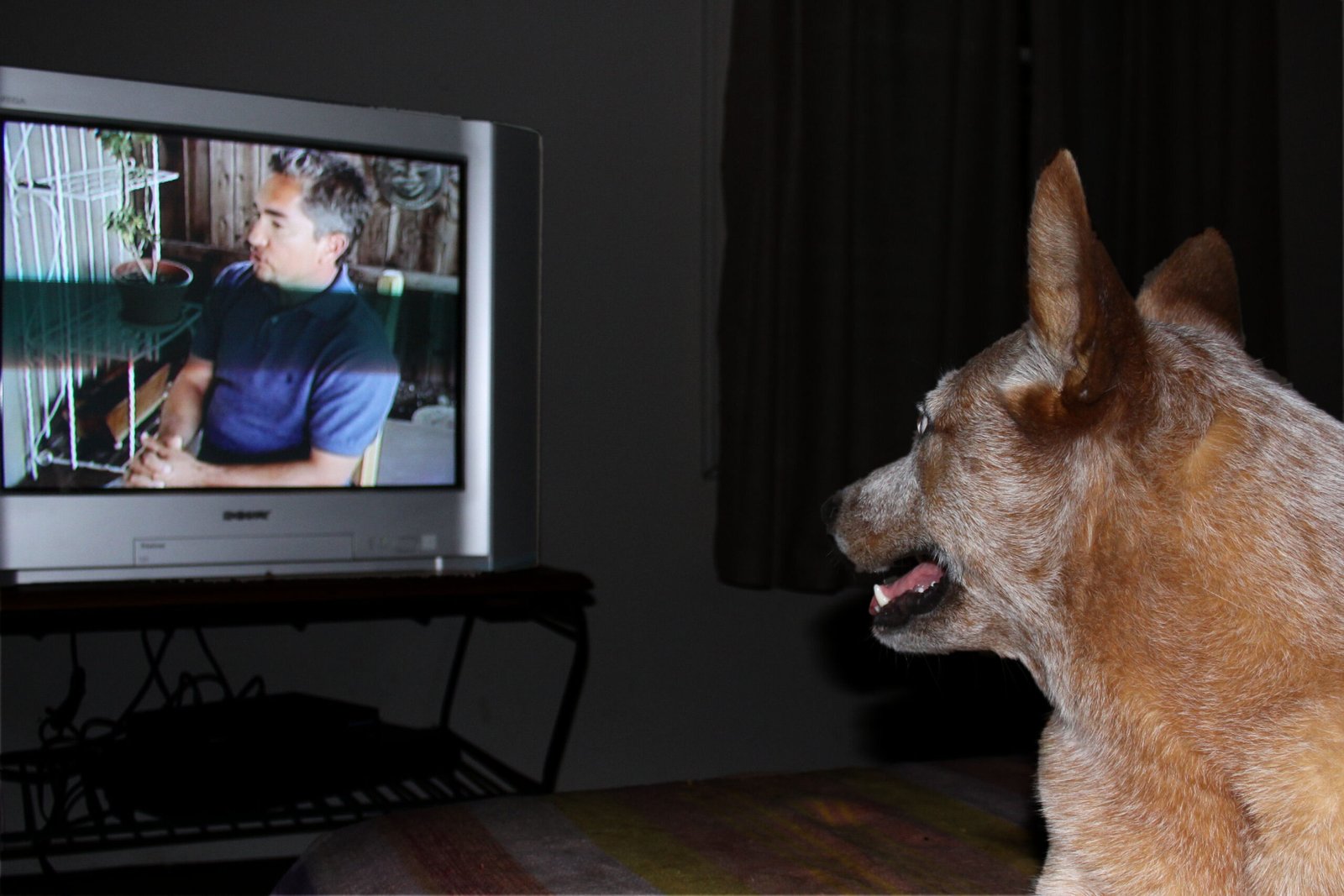
Leaving a radio or TV on can provide a sense of companionship for your dog. The sound can break the silence of an empty house and offer comfort. Some pet owners even opt for specialized dog TV channels that feature calming visuals and sounds. It’s similar to how some people enjoy background noise when alone, finding it comforting rather than unsettling. Experiment with different sounds to see what your dog responds to best.
Enlisting Help From Friends or Neighbors
Having someone check in on your dog can be immensely helpful. A trusted friend or neighbor popping by for a quick visit can break up the day and give your dog some much-needed attention. It’s like a mini playdate that can lift their spirits. If possible, consider arranging for a dog walker or sitter during longer absences. Knowing someone reliable is looking out for your pet can also ease your peace of mind.
Monitoring Through Technology
With advancements in technology, keeping an eye on your pet has never been easier. Pet cameras allow you to check in and even talk to your dog using two-way audio. This can be reassuring for both you and your furry friend. Imagine it as a virtual hug, reminding them that you’re not far away. Some devices even let you dispense treats remotely, adding an interactive element to your check-ins.
Seeking Professional Help When Needed
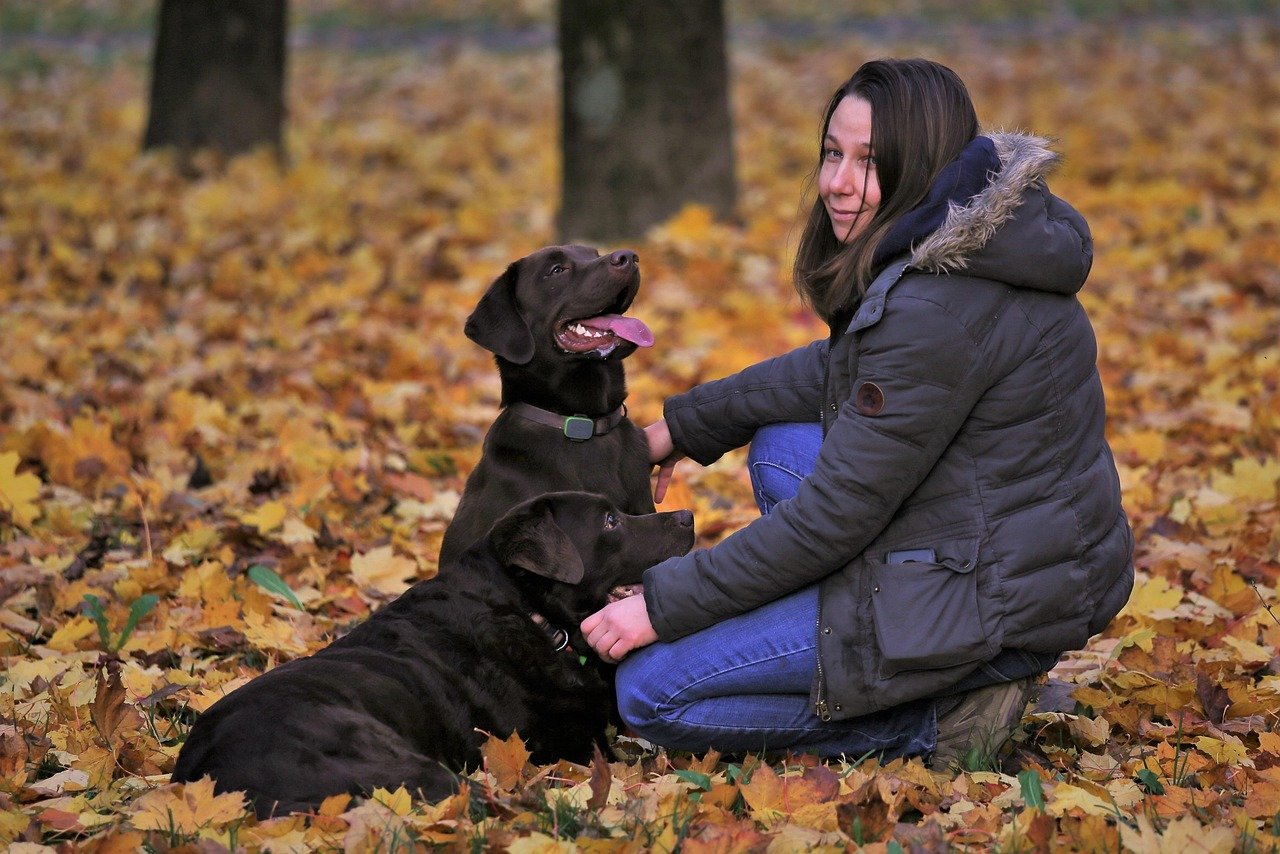
If your dog’s anxiety persists despite your efforts, consulting a professional may be beneficial. Veterinarians or pet behaviorists can provide guidance tailored to your dog’s specific needs. Sometimes, underlying issues require specialized attention. Think of it as going to a therapist for guidance and support. Remember, seeking help is a sign of care and commitment to your pet’s well-being.
Helping your dog adjust to being home alone requires understanding, patience, and a bit of creativity. By investing time and effort into creating a supportive environment, you can ensure your dog remains happy and content, even in your absence.
Jen is a passionate nature lover and ocean conservationist. She has dedicated her life to protecting the environment and preserving the beauty of the natural world. Growing up in a small coastal town, Jen sincerely appreciated the ocean and its inhabitants. She has spent countless hours exploring the shoreline, learning about the creatures that inhabit the waters, and advocating for their protection. Jen is an active member of ocean conservation organizations, and she is committed to educating the public about the importance of conserving wildlife and the natural environment.





